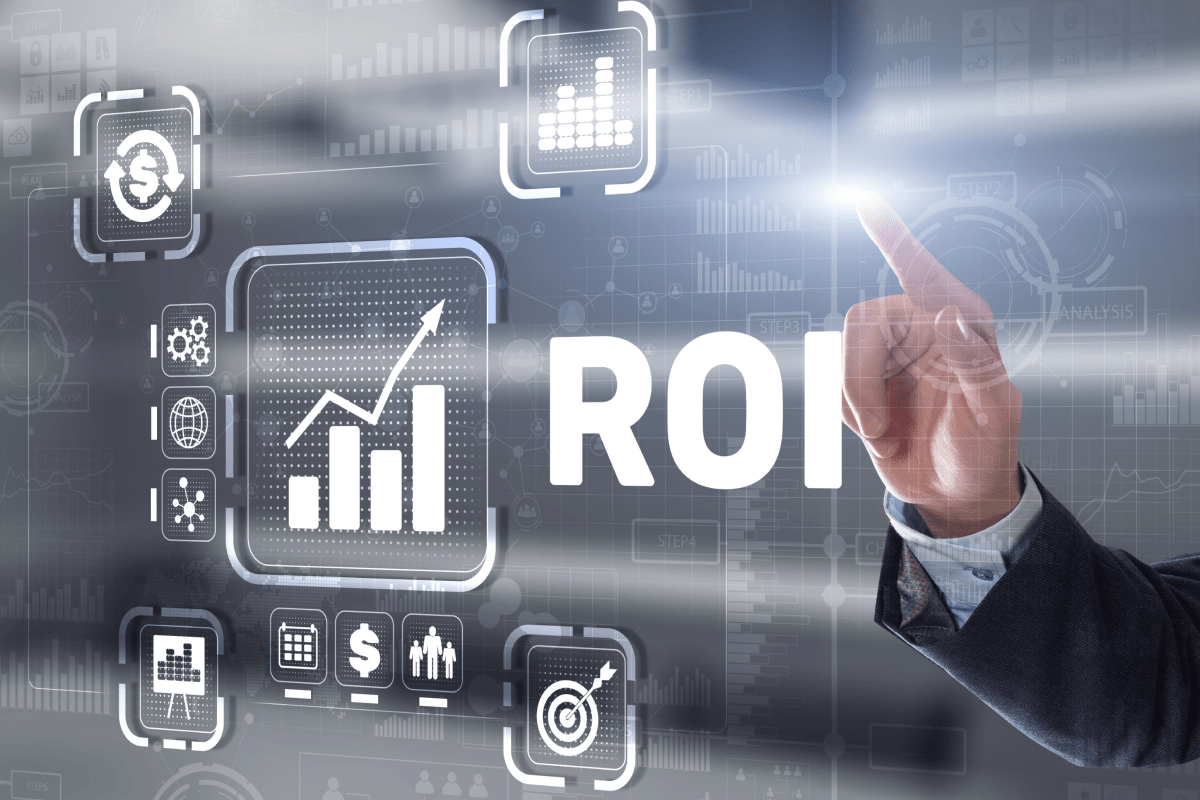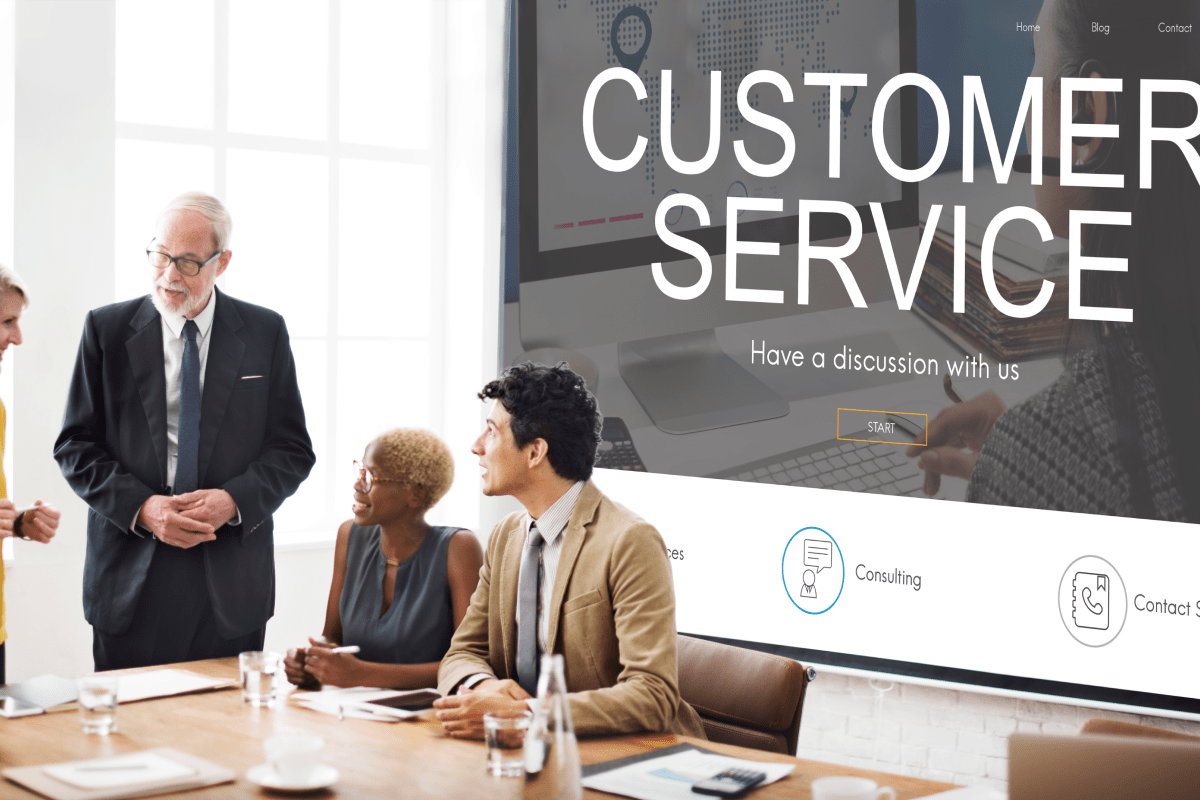Introduction:
In the realm of digital marketing, the concept of a marketing funnel has become a cornerstone for businesses aiming to convert potential customers into loyal patrons. A well-designed digital marketing funnel not only captures leads but guides them through a strategic journey, ultimately resulting in conversions. In this blog post, we’ll explore the essential elements and steps to develop an effective digital marketing funnel that maximizes engagement and drives tangible results.
1. Understanding the Digital Marketing Funnel:
A digital marketing funnel represents the stages a potential customer goes through before making a purchase or taking a desired action. Traditionally, the funnel comprises three main stages: awareness, consideration, and conversion. However, modern digital marketing funnels often include additional stages such as retention and advocacy, reflecting the ongoing relationship between the brand and the customer.
Awareness:
At the top of the funnel, the goal is to create brand awareness and attract potential customers. This is achieved through content marketing, social media, SEO, and other awareness-building strategies.
Consideration:
In this stage, potential customers are evaluating their options. Content such as blog posts, videos, and case studies helps educate and nurture leads, showcasing the value of the product or service.
Conversion:
The conversion stage is where leads become customers. This could involve making a purchase, signing up for a service, or completing another desired action. Calls-to-action, landing pages, and targeted offers play a crucial role in this stage.
Retention:
After conversion, maintaining a positive relationship is vital. Retention strategies involve ongoing communication, customer support, and personalized experiences to keep customers engaged and satisfied.
Advocacy:
The final stage is turning satisfied customers into advocates. Encouraging reviews, social media sharing, and referral programs can amplify positive word-of-mouth and attract new leads.
2. Creating Engaging Content at Each Stage:
Content is the backbone of a digital marketing funnel. Tailoring content to each stage of the funnel is crucial for guiding leads through the journey. At the awareness stage, focus on creating attention-grabbing and shareable content. In the consideration stage, provide in-depth information and educational materials to help leads make informed decisions. For conversion, use compelling and targeted content to drive action.
3. Optimizing Landing Pages and Calls-to-Action (CTAs):
Landing pages and CTAs are pivotal components in converting leads into customers. Ensure that your landing pages are well-designed, load quickly, and contain persuasive copy. Clear and compelling CTAs guide users to take the desired action, whether it’s making a purchase, signing up for a newsletter, or downloading a resource.
4. Implementing Email Marketing Campaigns:
Email marketing remains a powerful tool for nurturing leads throughout the funnel. Set up automated email campaigns that deliver relevant content based on user behavior. For example, if a lead downloads a whitepaper, follow up with additional resources or special offers related to the topic.
5. Utilizing Social Media to Build Relationships:
Social media is not just for awareness; it’s a valuable tool for building and maintaining relationships throughout the entire funnel. Engage with your audience, respond to comments and messages, and use social platforms to share user-generated content and testimonials. Social proof is a powerful driver at all stages of the funnel.
6. Implementing Retargeting Campaigns:
Retargeting ads allow you to re-engage users who have visited your website but didn’t convert. By displaying targeted ads to these users as they browse other websites, you can stay top-of-mind and encourage them to return and complete the desired action.
7. Leveraging Analytics and Data:
Data-driven decision-making is fundamental to refining and optimizing your digital marketing funnel. Use analytics tools to track user behavior at each stage, identify bottlenecks, and understand what channels and content are most effective. Regularly analyze conversion rates, click-through rates, and other key metrics to inform strategic adjustments.
8. Personalizing the User Experience:
Personalization is increasingly critical in digital marketing. Tailor your messaging and offers based on user preferences, behaviors, and demographics. Personalized experiences create a sense of connection and relevance, fostering trust and loyalty.
Conclusion:
In conclusion, developing an effective digital marketing funnel is a dynamic and multifaceted process that requires strategic planning, continuous optimization, and a deep understanding of your audience. By creating engaging content for each stage, optimizing landing pages and CTAs, implementing email marketing campaigns, utilizing social media, implementing retargeting, leveraging analytics, and personalizing the user experience, businesses can craft a funnel that not only attracts leads but guides them seamlessly toward conversion and beyond.
As the digital landscape evolves, the effectiveness of your marketing funnel will depend on your ability to adapt to changing consumer behaviors and emerging technologies. By staying agile, data-driven, and customer-focused, businesses can build digital marketing funnels that not only drive short-term results but also foster long-term relationships with their audience. An effective digital marketing funnel is not just a tool for conversions; it’s a roadmap for building lasting connections in the digital










